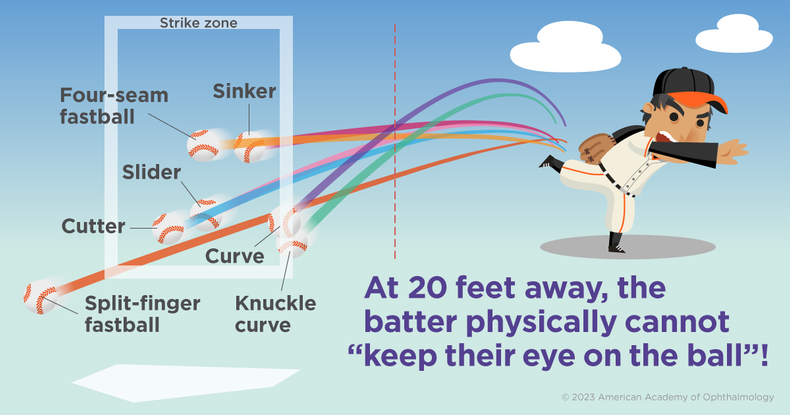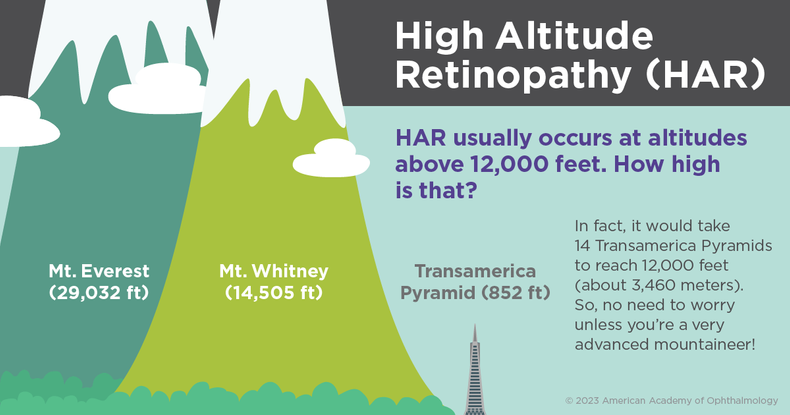Author: Aubrey Minshew, Museum Specialist, Truhlsen - Marmor Museum of the Eye®
A big part of any museum professional's job is informal education. Though we don't work in a traditional classroom, the different styles of learning are a big part of how museum specialists like me develop gallery programming. There are many different types of learners, the most common ones being visual learners, audio learners, and kinesthetic learners (people who learn best through hands-on activities). If you look closely at the galleries in the Truhlsen-Marmor Museum of the Eye®, you will find that we try to use all three.
For example, in the Amazing Eye gallery, which is all about anatomy, you can find a text panel about the parts of the eye (for visual learners), a video explaining the parts of the eye (for audio learners), and a hands-on eye model where visitors can physically expand and contract the iris (for kinesthetic learners). It's all pretty similar information, but we designed the gallery to make it easy for all types of learners to experience this valuable information.

Visual, kinesthetic, and audio learning styles in the Amazing Eye gallery
When I provide the daily tour, I like to try to add in either a visual or hands-on component to help covey the material best to group of people. These last two months the museum has been hosting a Sports & Vision tour. As I led groups through the museum, I realized that two of our sports, baseball and mountain climbing, definitely needed a visual aid to help convey our message. So, with the help of our crack team of graphic designers at AAO, we now have two new infographics to share with visitors.

March 30 was MLB Opening Day this year, which made developing this graphic even more fun.
During the Sports & Vision tour, I had conversations with people about how it's physically impossible for professional baseball players to "keep their eye on the ball." I realized that this concept would be easier to talk about with a visual aid. The tour and the online exhibit both discuss how baseball players lose sight of the ball about 20 feet away from home plate. Part of that has to do with the relative speed of the baseball increasing, but another reason for "losing the ball" is how many places the ball could be as it nears home plate. So, with the help of a very cute illustrated San Francisco Giants player, now I can show visual learners (and baseball novices!) that the batter has to estimate where the ball might be once the ball gets too close and fast to follow with their eyes.

You're not just going to accidentally hit this altitude when you visit Muir Woods.
Another topic that is difficult to convey in an audio-only format is scale. When I talk about High Altitude Retinopathy (HAR) on the tour, a key piece of information is that this condition normally only occurs at altitudes of 12,000 feet above sea level or higher. But just how high is that really? I wanted to assure visitors that they were never going to stumble into altitudes that high on accident and I wanted to compare a familiar San Francisco skyscraper, the Transamerica Pyramid, to mountains where HAR might come into play. With the help of this handy infographic, just how tall these mountains really are becomes abundantly clear thanks to scale.
The museum is full of topics like these - topics that are fascinating and full of interesting information, but topics that can also be hard to conceptualize in a learning style different from the one you prefer. One of the many gratifying parts of my role here is thinking creatively about how best to translate these stories into multiple formats, so more people can understand them more fully.
The Sports & Vision tour ended on March 31, 2023, but keep an eye out on museum current events, because this tour may come back in the future! Missed it, or don't live in the Bay Area? Learn about some of the tour's concept in our Sports & Vision online exhibit.